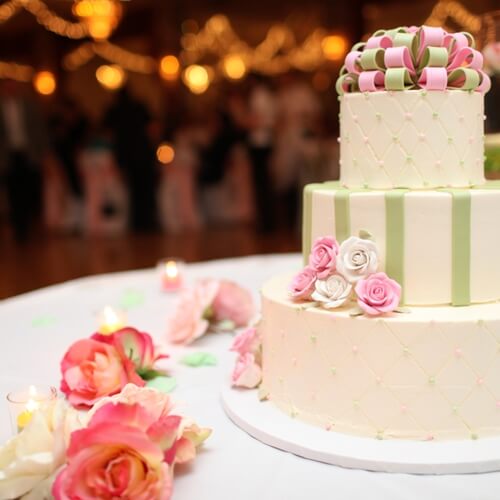3-D Printing Is The Sweetest Thing To Hit The Culinary World
The culinary arts have been influenced by some amazing technological innovations in recent years, from molecular gastronomy to vaporized desserts you inhale. But the latest tech craze to take kitchens by storm is perhaps also one of the prettiest: 3-D printing.
The old phrase “you eat with your eyes” may be a cliche, but that doesn’t make it any less true. Desserts especially are judged first by aesthetics, and now 3-D printing is offering those in the baking and pastry arts the ability to use spun sugar to form intricate designs that would be impossible to create otherwise. Geometric cake toppers, unique garnishes and whimsical alternatives to sugar cubes can all be made with 3-D printers, and a growing number of bakers, pastry chefs and international culinary schools are taking the opportunity to put a smile on people’s faces faces.
“The motivation to 3-D print food, especially for the culinary arts, is just for the fun of it,” said Kyle Von Hasseln, creative director of food products at 3D Systems, in an interview with Entrepreneur. “It’s really beautiful and incredible looking and there is this really long history in the culinary arts of food as a designed object and making it look beautiful and that’s part of the way we celebrate and present food. And it tastes really good.”
Quirky creativity becoming more mainstream
3-D printers have been getting steadily less expensive over the last few decades. A personal-sized printer currently costs around $1,000, down dramatically from the $500,000 it would have cost to own one in the 1980s. To create a sugary delight with a 3-D printer, extruders filled with chocolate, soft dough, frosting or any other malleable ingredient are inserted into the printer and are guided by a computer mapping program that is preloaded with an image of the dessert you want to make.
Many big names in the dessert industry have been getting into the 3-D printing game, using printers specially designed for confections. At the 2014 SXSW festival, Oreo’s international parent company Mondelez used a 3-D printer to create Oreos based on suggestions from fans on Twitter and other social media outlets, the Daily Dot reported. More than 16,000 Oreos were made with the printer using a variety of different icings and patterns. Hershey’s has also gotten into the 3-D printing game, creating customized Hershey’s Kisses during a special exhibit.
As personal 3-D printers and the materials necessary to create confections with them become more affordable, this trend is likely to continue growing. Already bakeries and catering companies are finding the technology useful in creating custom designs for wedding cakes and party favors for their clients. Monograms made out of sugar and chocolate replicas of people or places are the most popular requests, but the sky’s the limit when it comes to what beautiful creations can be made using this new culinary technique.


